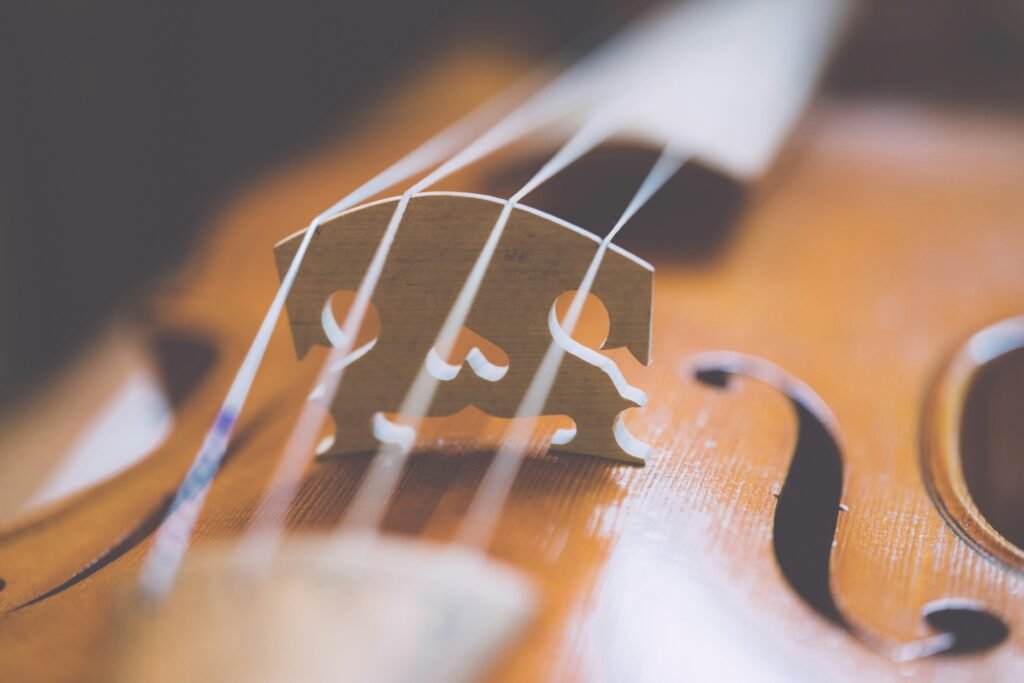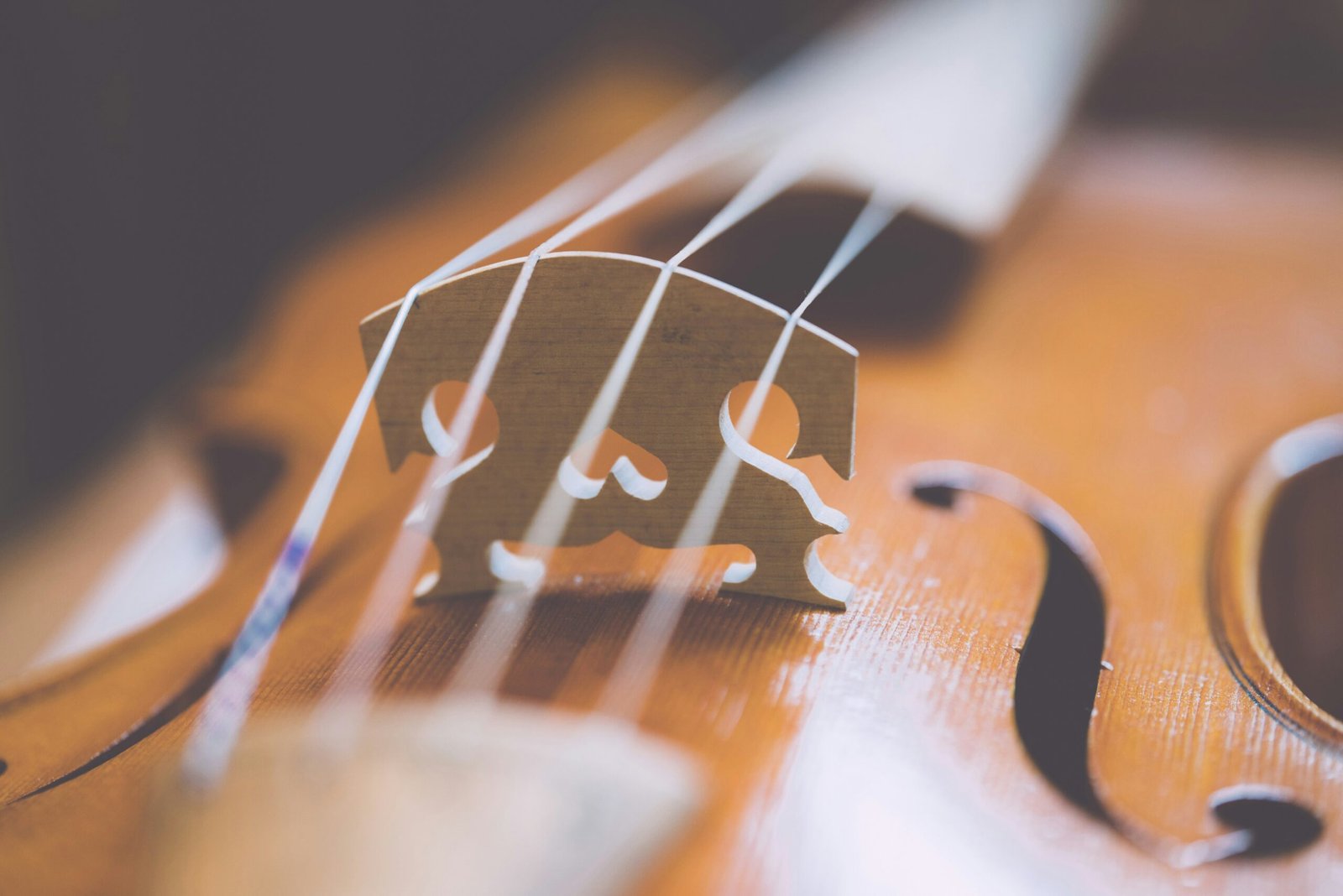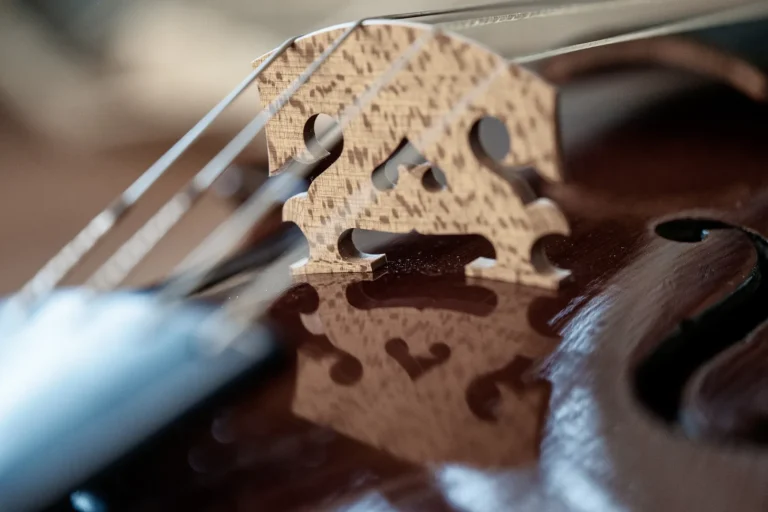Historically Informed Performance for Amateur Violinists: Where to Begin
From gut strings to A415, starting your journey into baroque playing

In 2017, when I decided to return to playing the violin, the instrument I had learned as a child, I was immediately drawn to both folk and Baroque musical styles. As I began researching Baroque music, I discovered the Historically Informed Performance (HIP) movement and was surprised to find more opportunities for amateur musicians than I had expected. Exploring HIP as an amateur offers a chance to experience your instrument in a new way, learn more about the history of classical music, and connect with a passionate community of fellow musicians.
At its heart, historically informed performance is about playing music with a respect for the time in which it was written, including using the techniques and kinds of equipment musicians of that era would have used. For Baroque violin music, this means playing with a Baroque-style bow, using gut strings, and sometimes using an instrument with a differently shaped neck or bridge, true to how a violin was set up in baroque times.
The HIP movement gained momentum in the mid-20th century and has continued to grow in popularity. Today, it’s a thriving part of the classical music world, with both professional and amateur HIP ensembles across North America, Europe, and beyond. Prestigious conservatories now offer dedicated programs in historically informed performance.
For amateurs, HIP can feel a little intimidating at first: gut strings? A415 tuning? But it’s also an opportunity to explore new sonic territory and uncover unexpected insights into familiar works, like Bach’s Sonatas and Partitas. I joined an amateur Baroque orchestra soon after picking up the violin again as an adult. Not only did I begin to learn how violinists played in the Baroque era, but I also met an enthusiastic group of amateur musicians with a shared interest in Baroque music and performance practice. For me, playing with gut strings revealed an earthy, natural tone, that was unfamiliar to me having grown up playing on modern, high tension strings. Using a Baroque bow offered a wonderful contrast to the modern bow I was used to. Your sound might feel a little scratchier at first when transitioning to gut strings, but that’s part of the raw beauty of the Baroque style.
Curiosity about historical performance doesn’t have to come with a big price tag. Tuning your instrument down to A415 is a simple first step, as most modern strings can handle this without any trouble, and you don’t need any new equipment to try it. The most important and accessible first investment is a Baroque bow. Student-level bows are available from violin shops and online retailers like Shar Music (watch for sales!). You can even find inexpensive options on eBay. My first Baroque bow was about $30 and served me well as I got started.
Once you’ve experimented with a Baroque bow, trying gut strings is a great next step. The unwound gut E and A strings take some getting used to, but I highly recommend the experience. The feel, sound, and changed responsiveness of your instrument may surprise you, and they offer new insights into how Baroque music was played when originally composed.
💬 Leave a comment below:
Have you explored HIP or baroque playing? What has your experience been like? If you’re just getting started, what excites you the most, and what feels the most intimidating?
This is the first in a series of posts exploring Historically Informed Performance from the perspective of an amateur violinist. Upcoming posts will cover how to find HIP ensembles, purchase equipment, choose repertoire, and find instruction.



